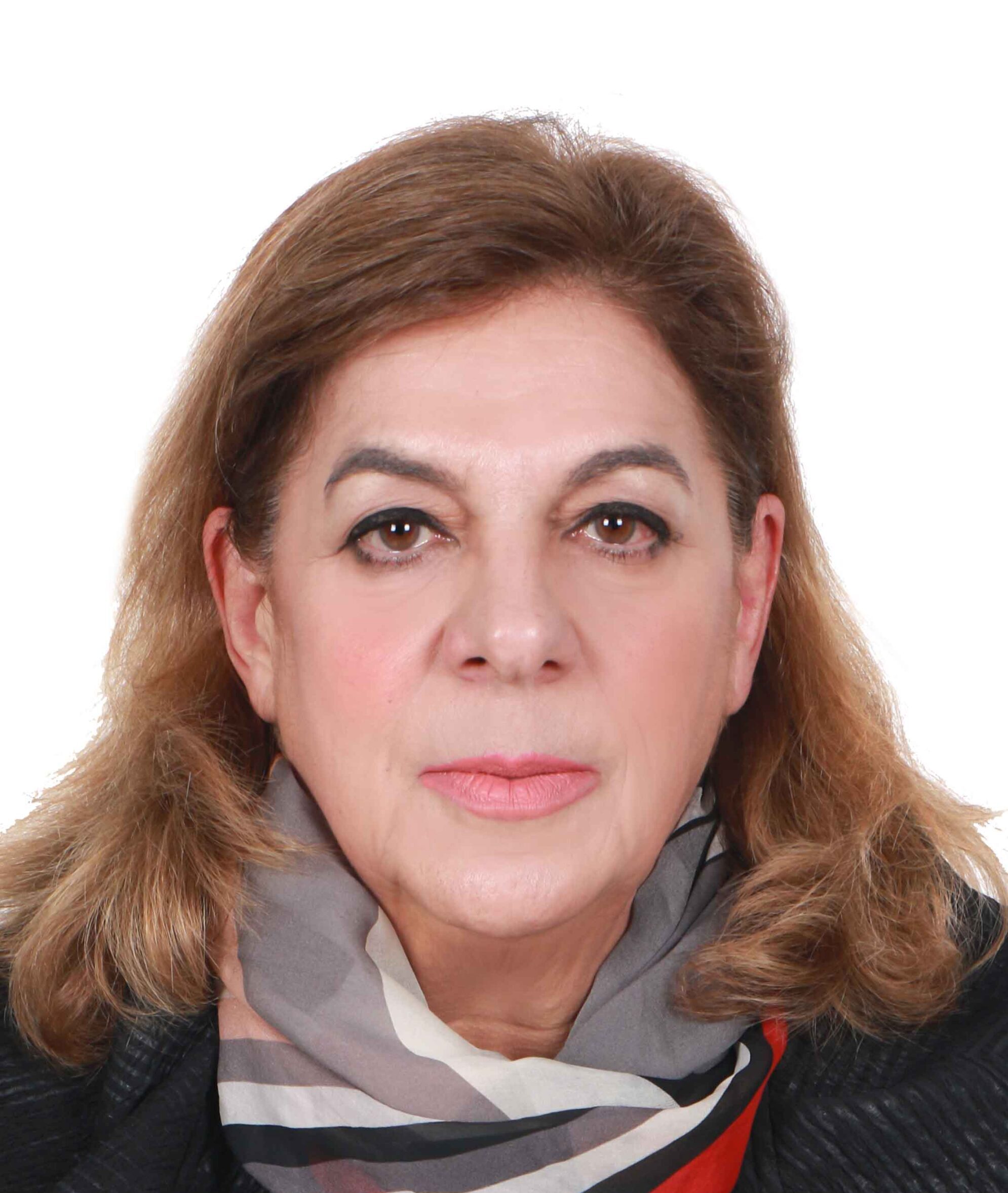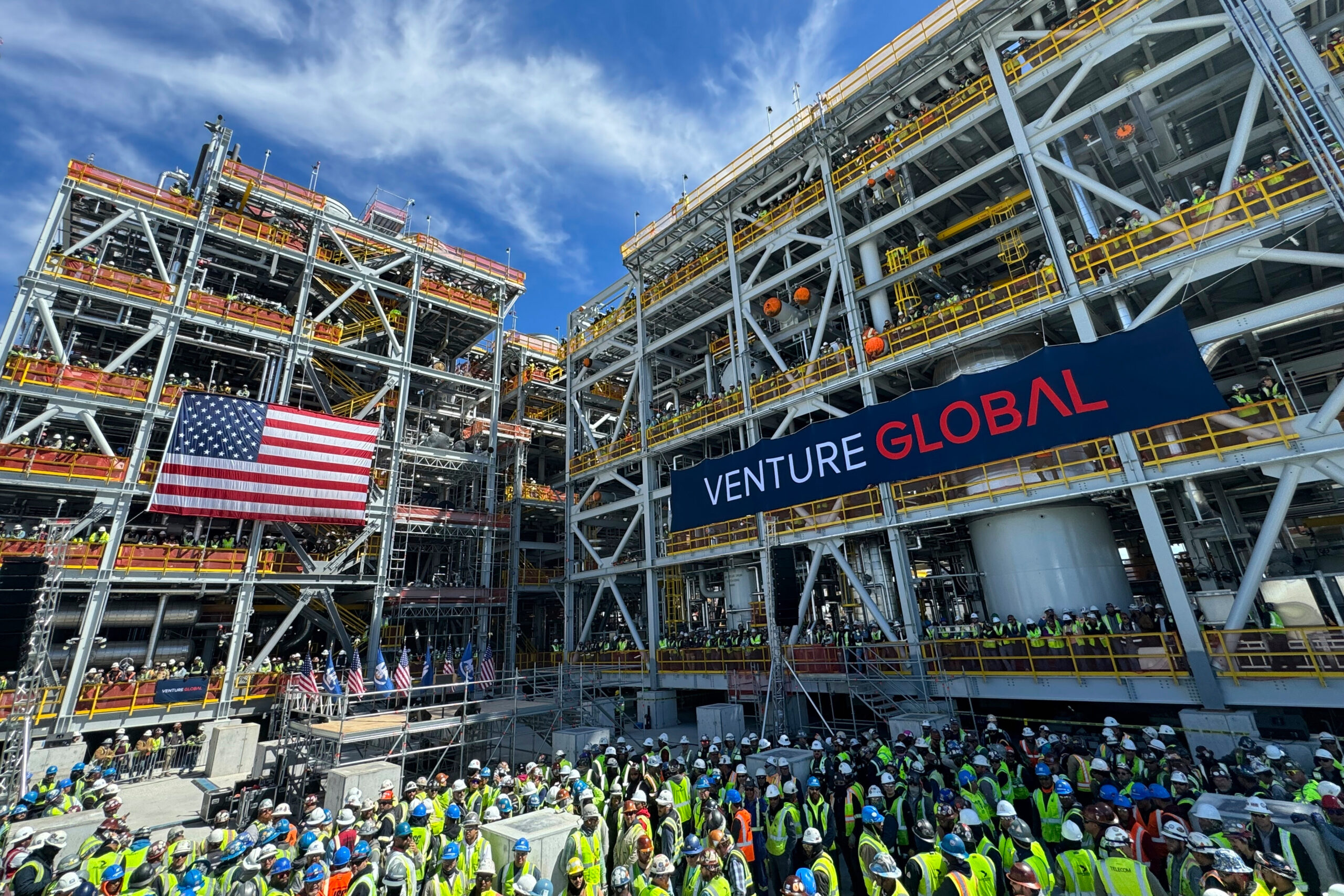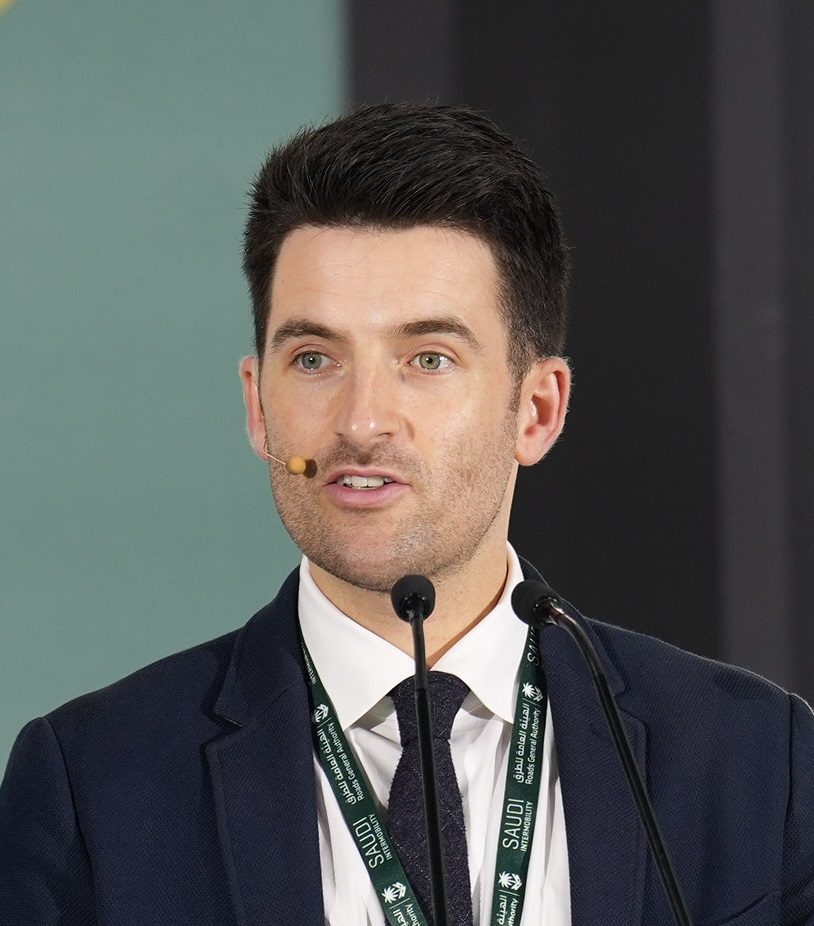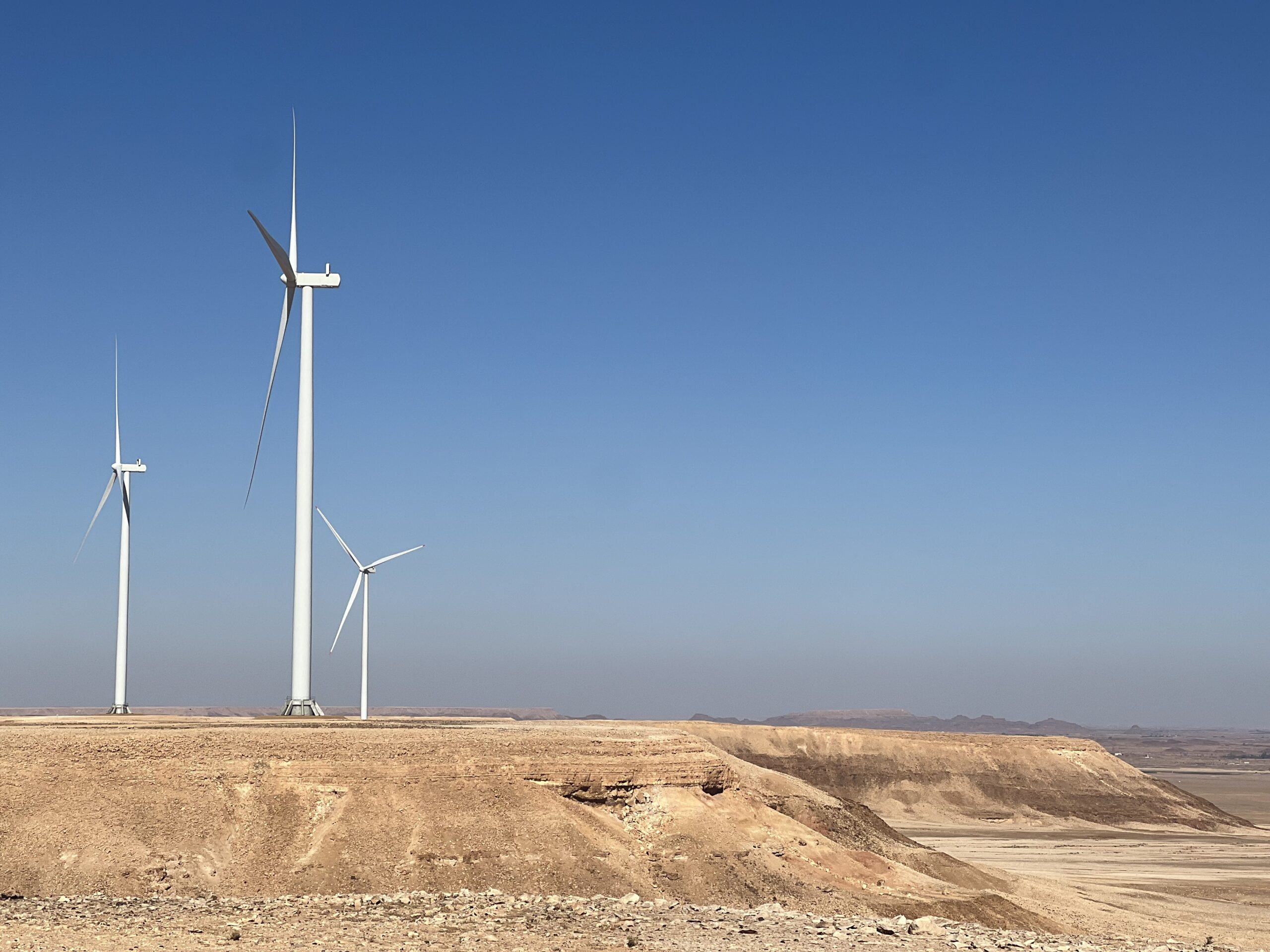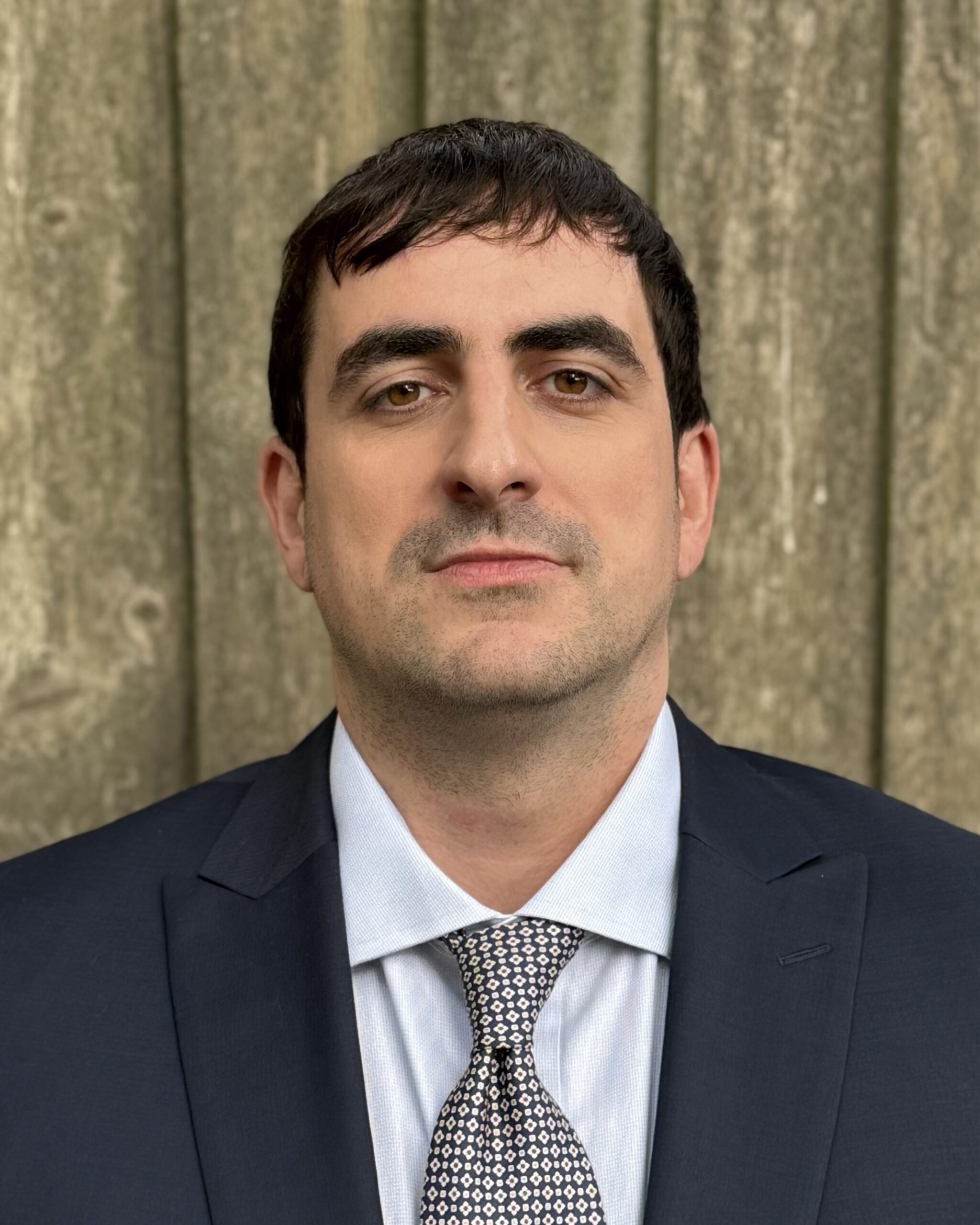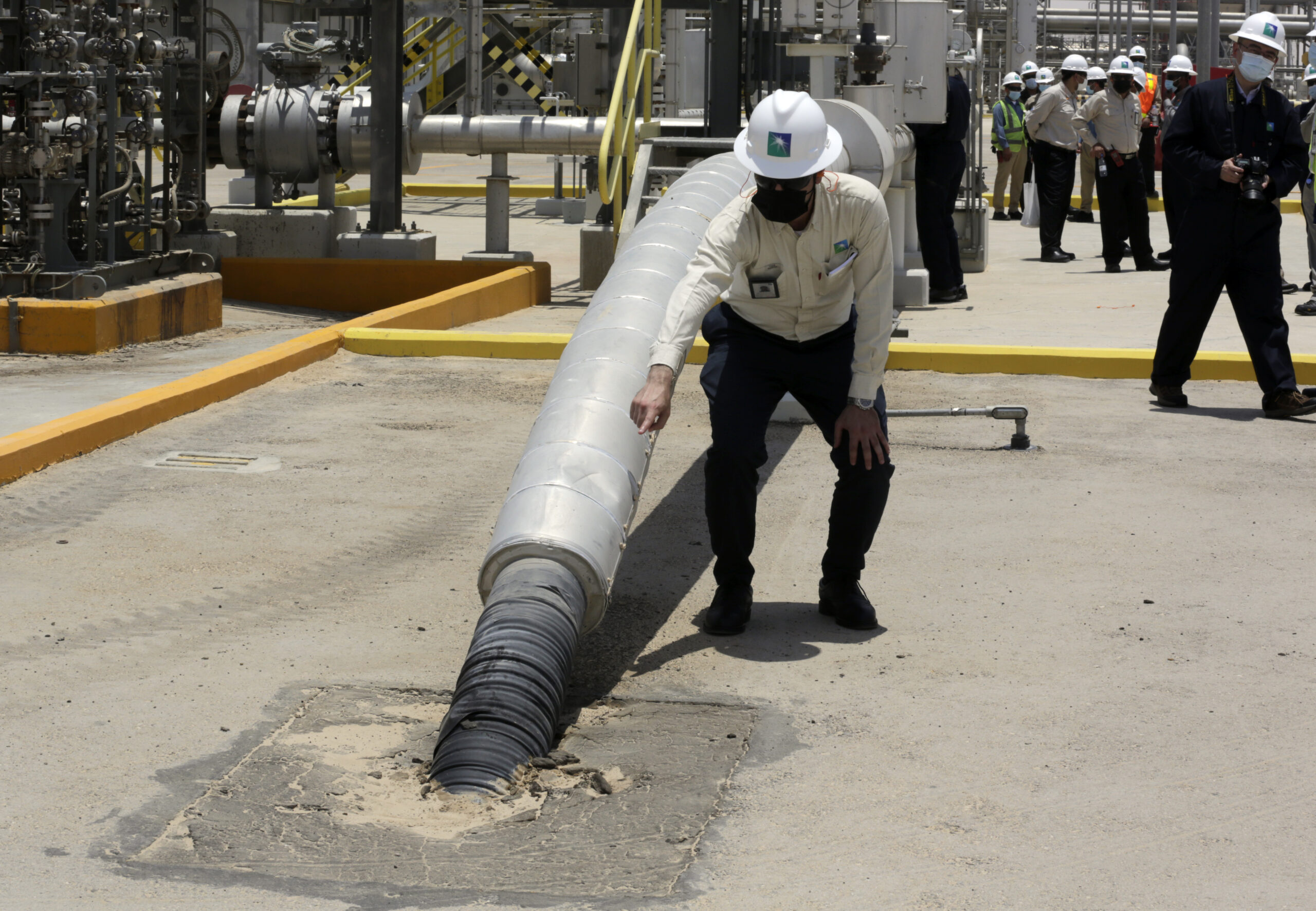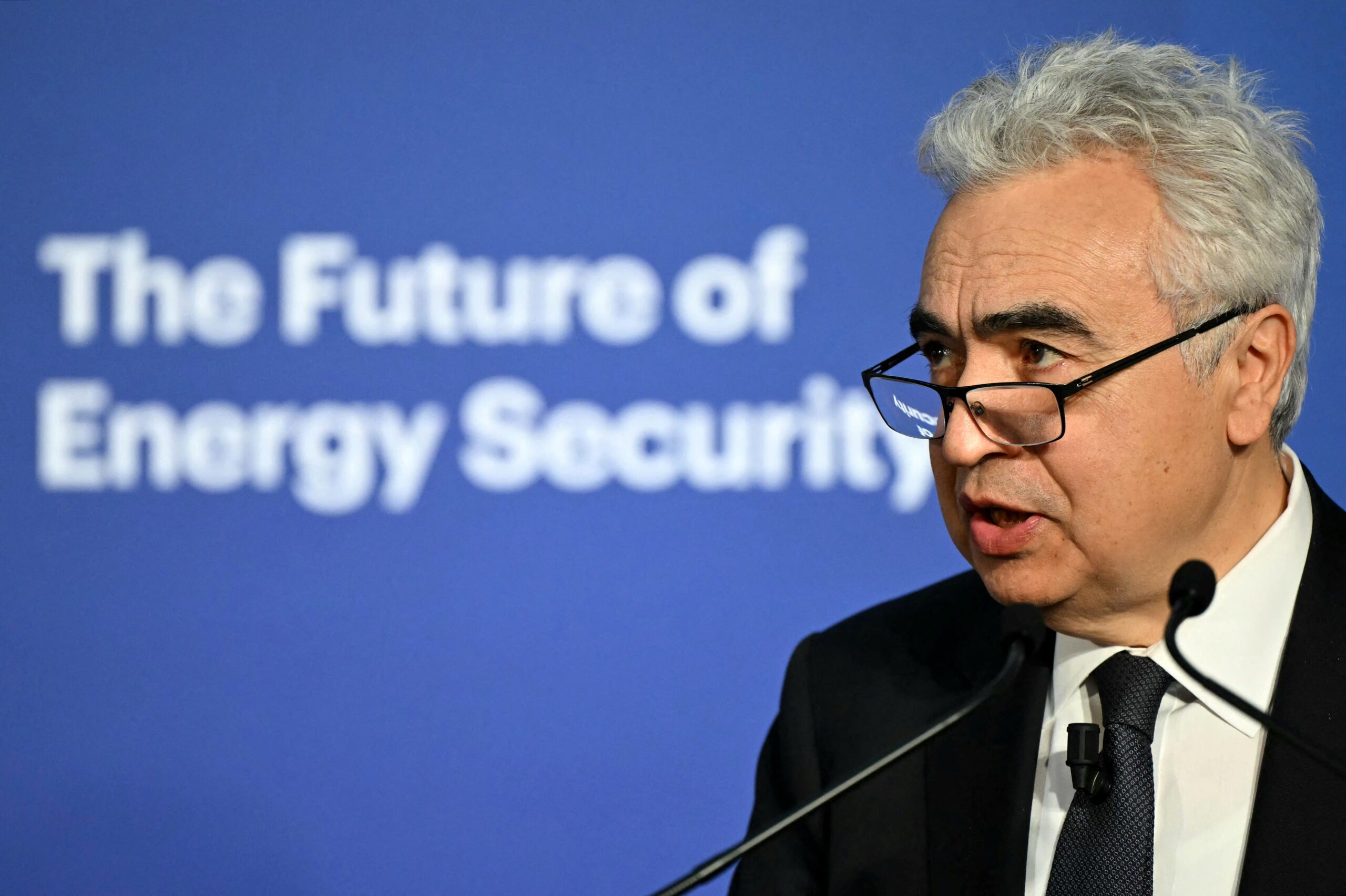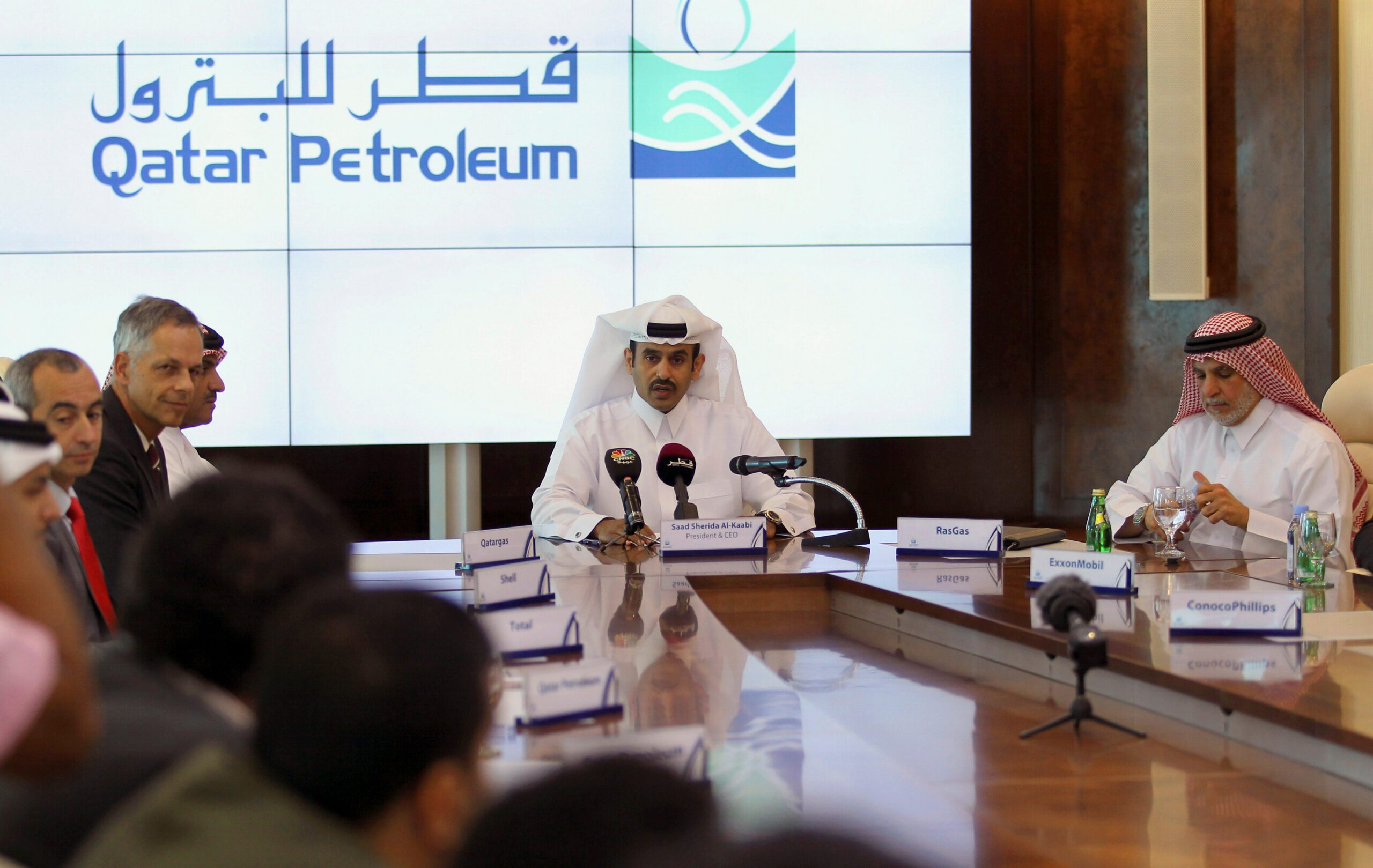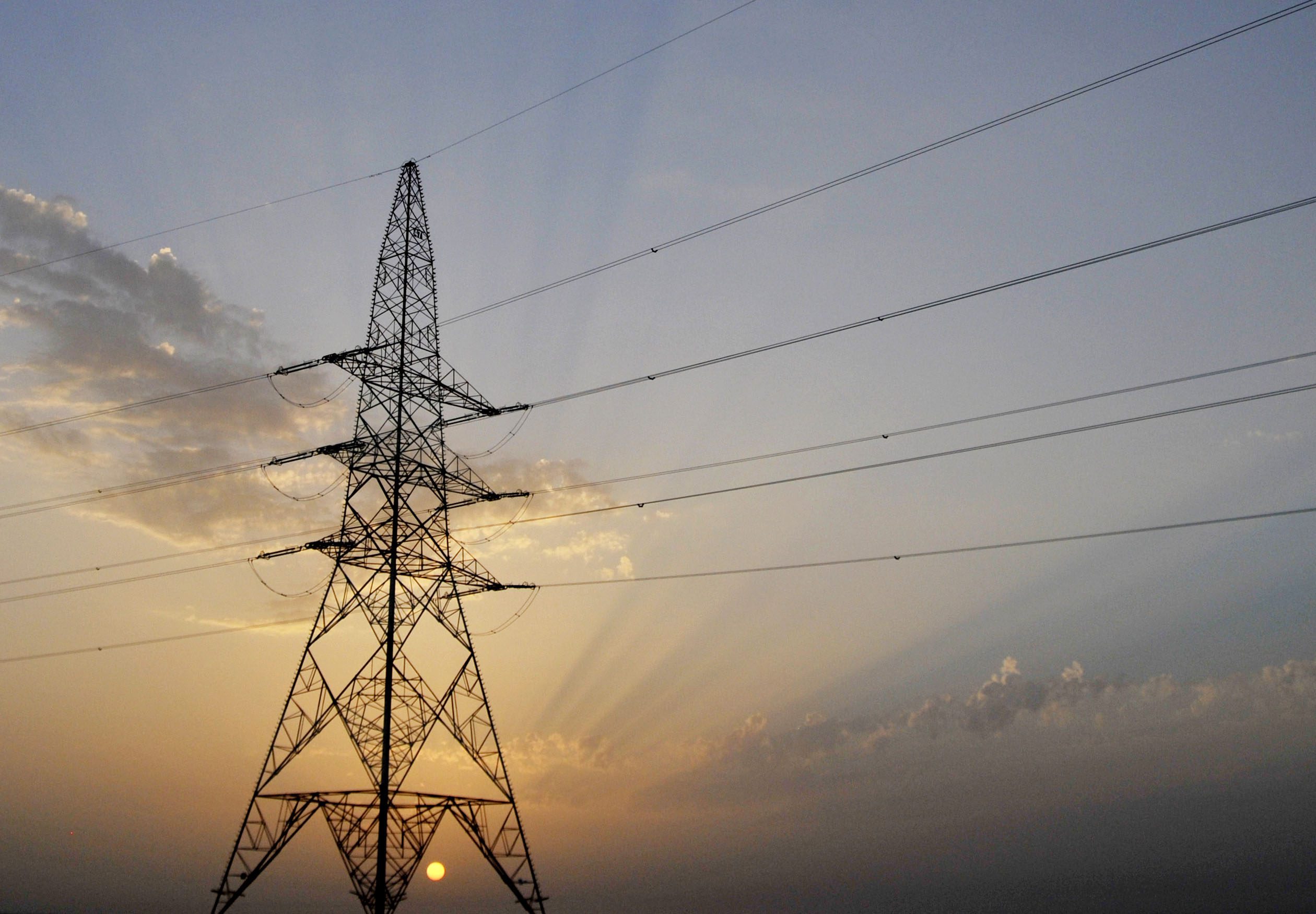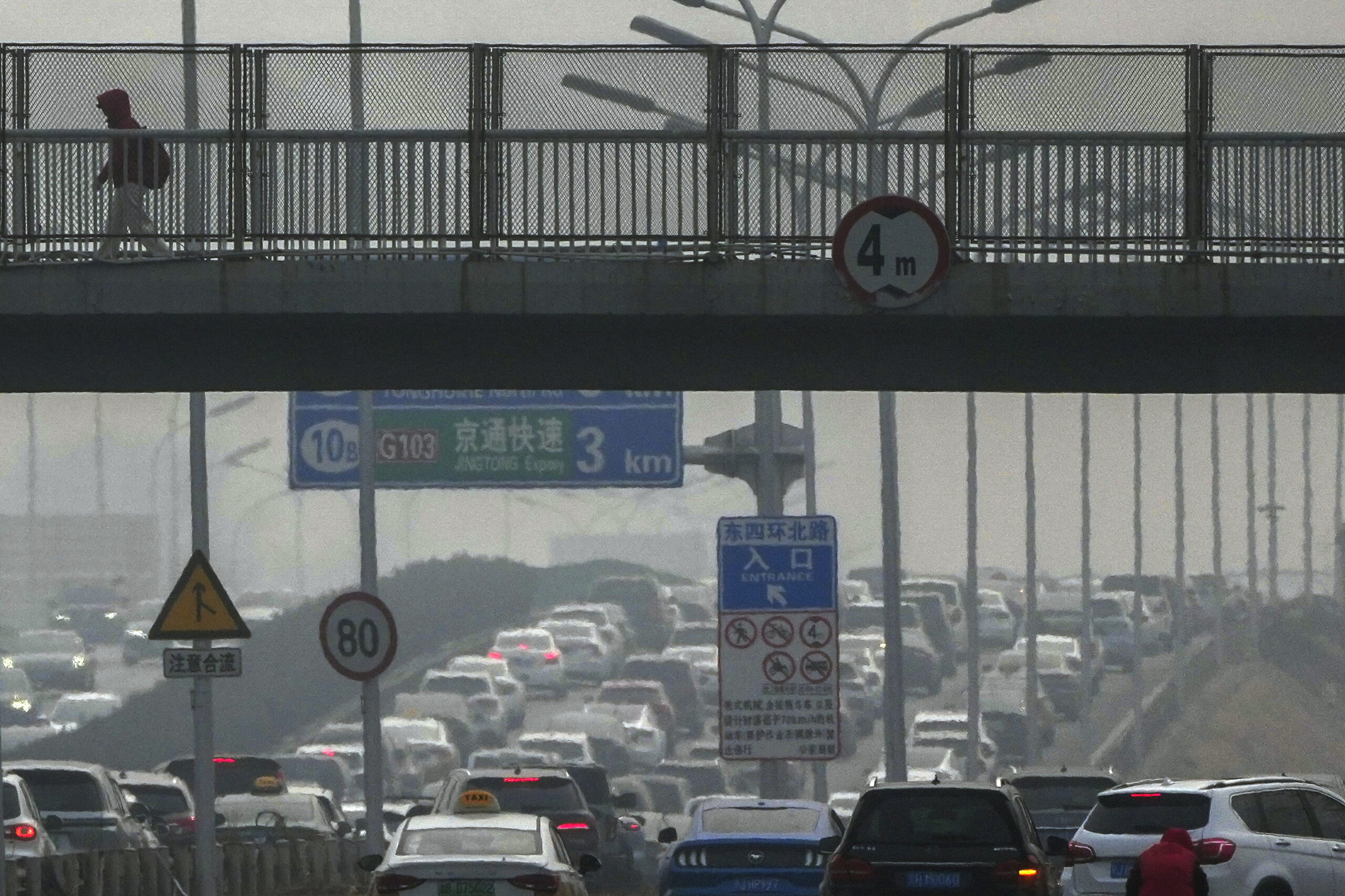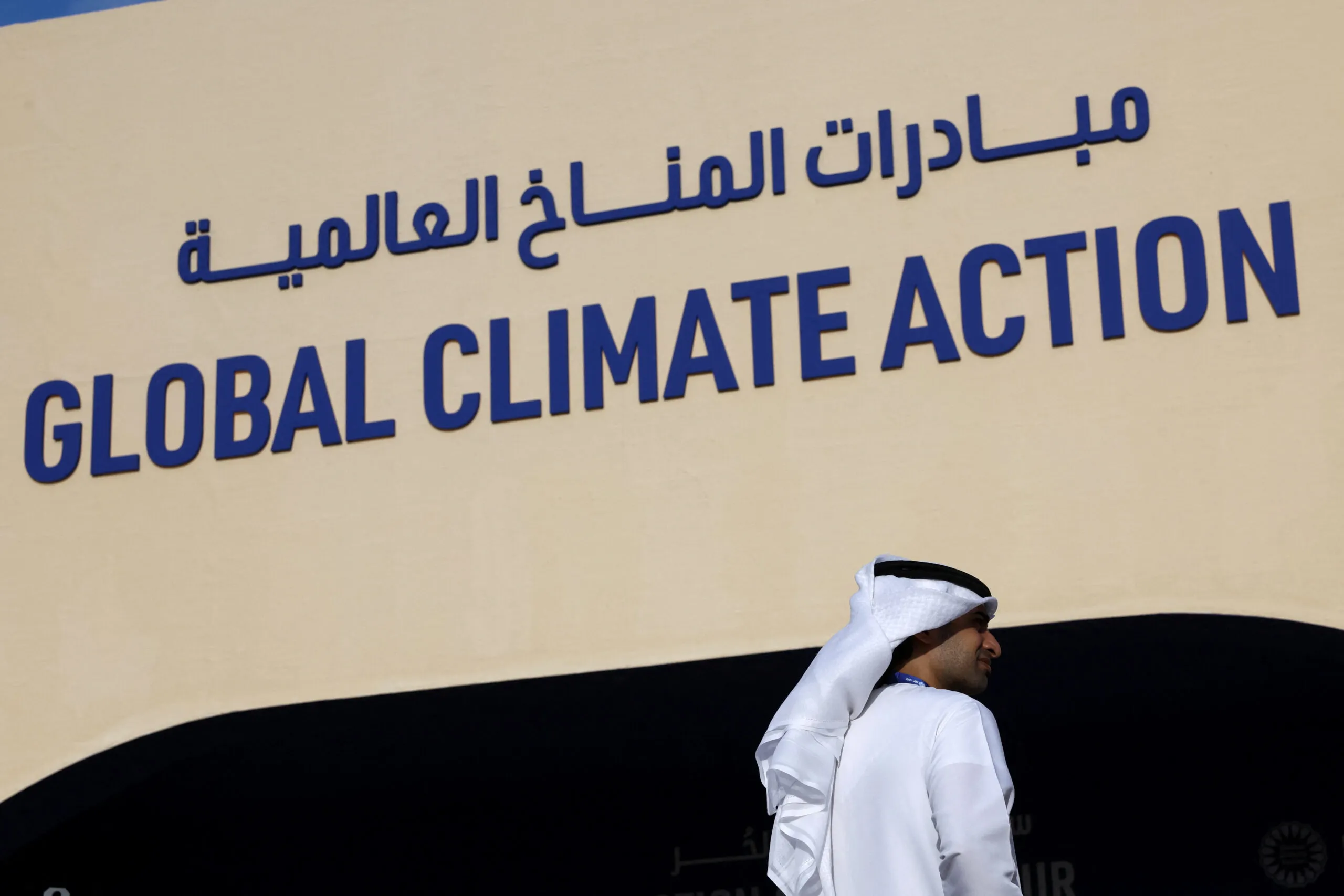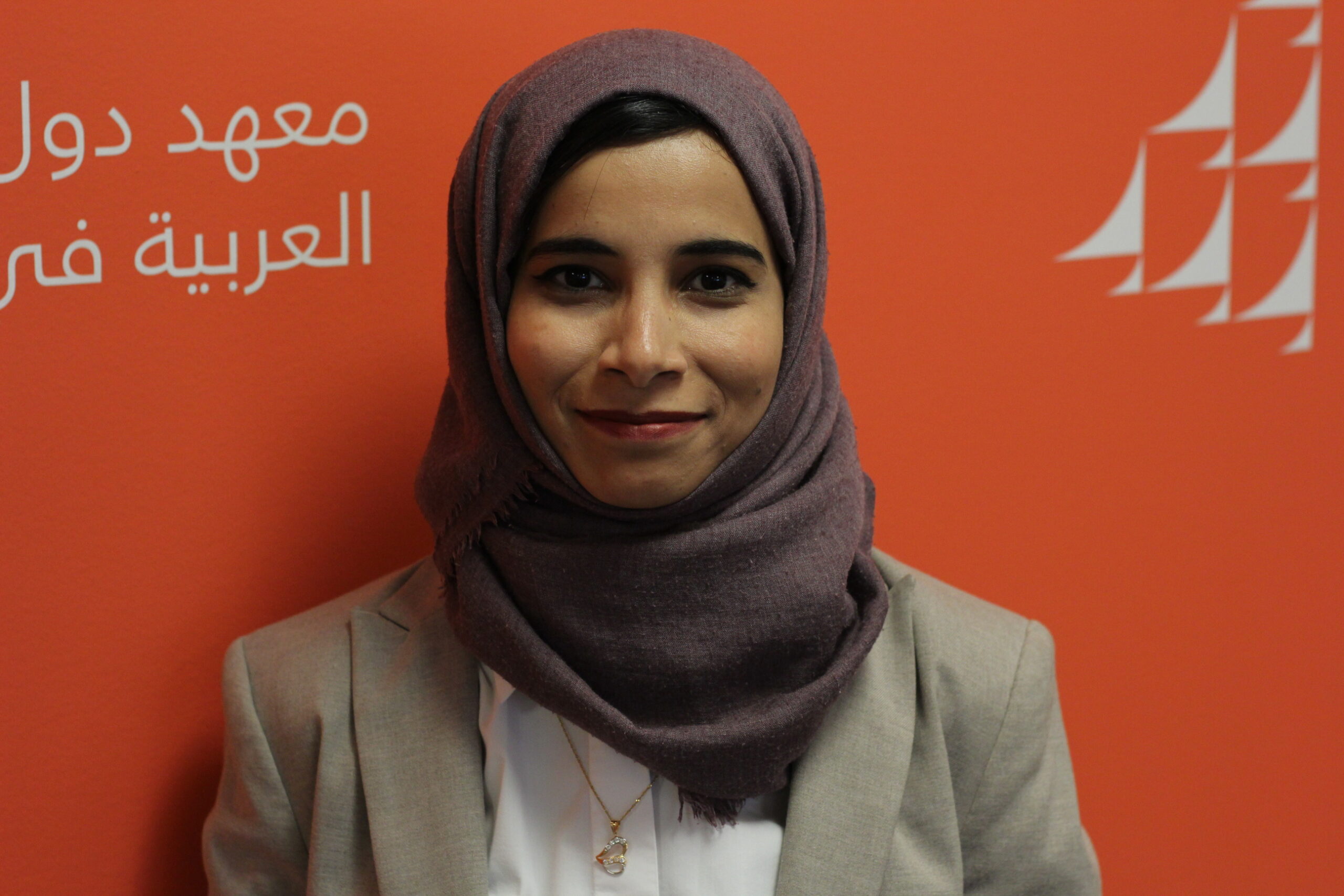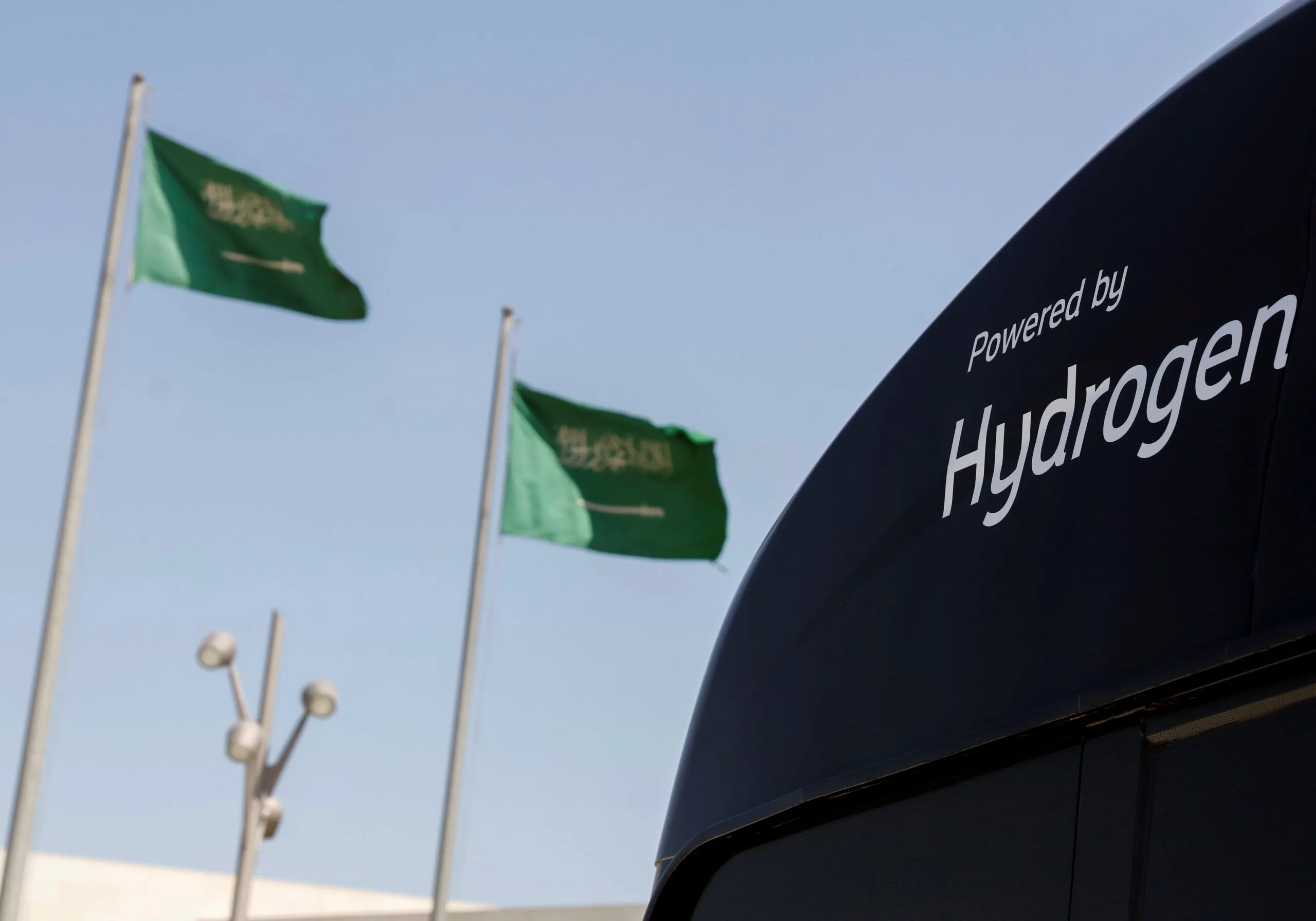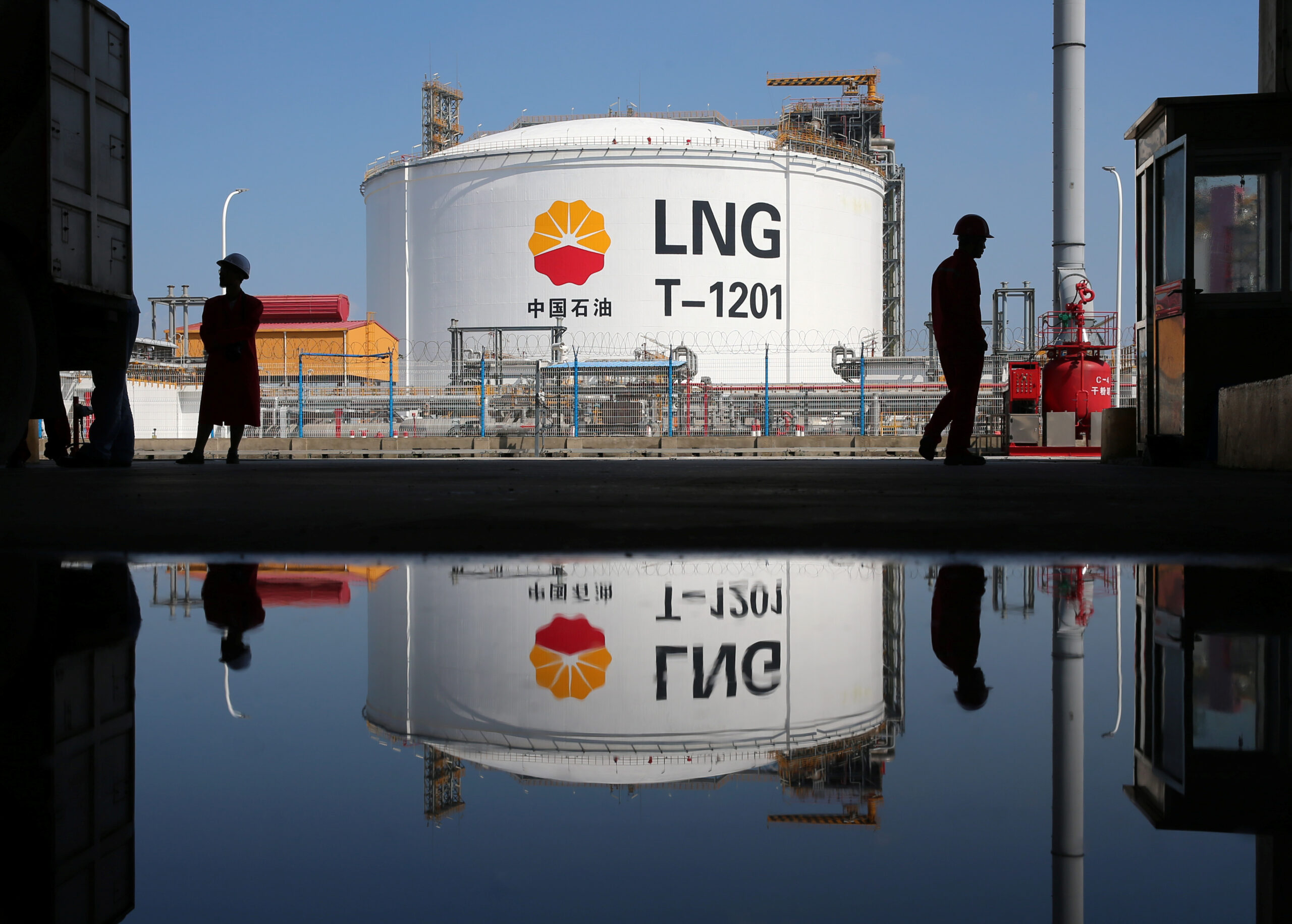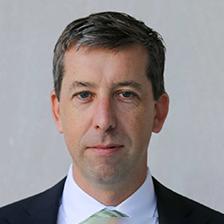Saudi Surge in Gas and Renewable Energy
Saudi Arabia is investing heavily in natural gas and renewables, as it targets an end to the use of oil in power generation by the end of the decade.
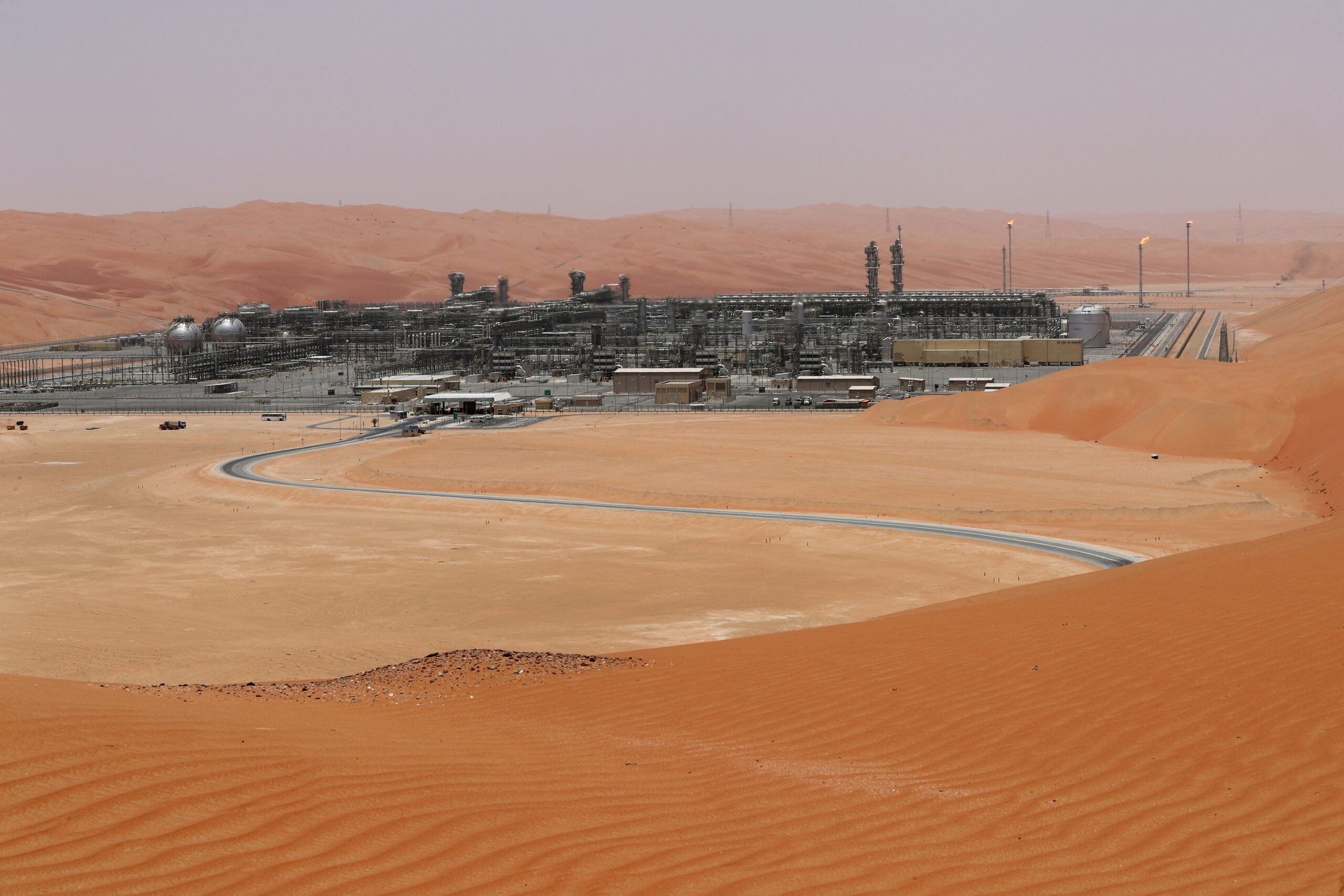
Saudi Arabia has frozen plans to raise its oil production capacity while investing heavily in natural gas and renewable energy, as it targets an end to the use of oil in power generation by the end of the decade. Gas production, from conventional and unconventional fields, has risen by 6% so far this year with further increments to come in the final quarter of 2025.
With gas production on the rise, the kingdom is on track to satisfy growing demand for gas for electricity generation and end the practice of burning oil to generate power, a costly and environmentally harmful method that has required the kingdom to burn an average 1 million barrels per day of oil in recent years, according to figures from the Joint Organizations Data Initiative. By replacing oil with gas and renewable energy, Saudi Arabia will free up an equal volume of oil that it could export to the global market without the need to invest in new production capacity.
Because revenue from oil sales makes up 70% of total export earnings, Saudi Arabia is sensitive to oil price volatility. Oil export revenue sank to a four-year low of $15.8 billion in May as oil markets were roiled by the April announcement of sweeping U.S. trade tariffs. But by June, revenue had risen to a three-month high of $17.2 billion, as oil prices rose briefly during the June conflict between Iran and Israel. While prices have since fallen back, they remain above May levels, when the price of Brent crude averaged $64/bbl.
Despite low oil prices pushing Saudi Arabia’s budget into deficit, preliminary government figures show that economic activity was strong. The economy grew by 3.9% in the second quarter compared with the second quarter of 2024, according to preliminary estimates by the General Authority for Statistics. The industrial production index was up 7.9% year-on-year in June at 111.9, the highest since January 2023.
The improved price environment since the May dip coincided with the accelerated unwinding of voluntary cuts by the OPEC+ alliance that began in April. Saudi Arabia’s allocation will rise to 9.978 million barrels per day for September and 10.02 mb/d for October after the group on September 8 agreed to a second round of tapering voluntary cuts. If coupled with higher prices, this would mean higher oil export earnings in the final quarter of the year.
The impact of price gyrations was reflected in Saudi Aramco’s second quarter results, which showed that net income fell by 22% year-on-year to $22.67 billion, as the average realized price of Saudi crude oil fell below $70/bbl for the first time since 2021. However, the Saudi oil giant is sticking to its dividend and investment strategy, with a huge investment program focused on gas. Aramco aims to maintain crude oil production capacity at 12 mb/d but is targeting a 60% increase in gas production capacity by 2030.
The largest increment will come from the Jafurah unconventional gas field development, where Saudi Aramco secured a “lease and leaseback” financing arrangement for $11 billion with an international consortium led by BlackRock’s Global Infrastructure Partners. Aramco released a statement noting that as part of the transaction “a newly-formed subsidiary, Jafurah Midstream Gas Company (JMGC), will lease development and usage rights for the Jafurah Field Gas Plant and the Riyas NGL Fractionation Facility, and lease them back to Aramco for a period of 20 years.” Aramco will pay the company for the exclusive right to receive, process, and treat raw gas from Jafurah. Aramco will hold a 51% majority stake in JMGC, with the remaining 49% held by investors of the BlackRock-led consortium.
Jafurah is estimated to hold 229 trillion standard cubic feet of raw gas and 75 billion barrels of condensates and is a “key component in Aramco’s plans to increase gas production capacity by 60% between 2021 and 2030, to meet rising demand,” the statement highlighted. First gas production from the Jafurah Basin is due to come online in the fourth quarter of this year, yielding 200 million cubic feet per day.
Total gas output, which includes sales gas and ethane, was already up by more than 6% year-on-year during the first half of 2025 with other increments due by year-end. Associated gas output will rise through the third quarter as OPEC+ crude production cuts are eased and two major gas projects begin operations before the end of the year. This would put Saudi gas production on track for the largest annual increase in at least a decade.
Despite these increases, Saudi Arabia still suffers from a domestic gas shortfall to supply power plants, forcing it to burn oil – both crude oil and liquid fuels – to generate electricity. The amount of oil used in power generation has averaged more than 1 mb/d in recent years but has been in decline since 2022, as it is being displaced by natural gas. Joint Organizations Data Initiative statistics show that direct oil burn averaged 943,000 b/d during the first half of the year, even as electricity demand soared by 10% year-on-year, driven by industrial activity.
The improved outlook for gas is due mainly to stepped up investment in nonassociated gas fields as well as a contribution from associated gas since OPEC+ began to unwind voluntary cuts in April. Gas accounts for around 50% of power generation in Saudi Arabia, and the availability of more gas will help to replace oil liquids in power stations serving the capital Riyadh as well as the industrial hubs of Yanbu and Rabigh. So far, most of the recent growth has come from nonassociated gas projects that came online in 2023, adding 1.3 billion cubic feet per day from two expansion projects and the first phase of the Ghawar unconventional gas development.
Later this year, Aramco is due to bring online the 2.6 billion cubic feet per day Tanajib gas processing plant, which will handle associated and nonassociated gas from the Marjan and Zuluf offshore field expansion projects, yielding 650 million cubic feet per day of sales gas. The Marjan, Zuluf, and Berri oil field expansion projects will produce 1.15 mb/d of crude oil, which will replace natural decline at older fields and maintain the kingdom’s total oil production capacity at 12 mb/d. The next big project is the 1.3 billion cubic feet per day expansion of the 2.5 billion cubic feet per day Fadhili gas processing plant, which will take capacity to 3.8 billion cubic feet per day when completed by 2027.
Overall, Aramco plans to increase gas production capacity to around 15 billion cubic feet per day by 2030 as part of the Liquids Displacement Program to eliminate oil burn by 2030, by which time it hopes to have a 50:50 mix of renewables and gas in the power sector.
In response to sharply higher demand for electricity, Saudi Arabia has stepped up its renewables drive with a series of awards to developers – in July alone 15 gigawatts of power purchase agreements were concluded. As a result, total renewables capacity is expected to nearly double to 12.7GW by the end of 2025 and 20GW in 2026.
As renewables are expected to make up a significantly larger share in the power mix, the Saudi Electricity Company is investing in battery storage facilities to manage intermittency. In its 2024 annual report, the company listed its plans to add 48 gigawatt hours of battery energy storage system by 2030, which it described as “the largest deployment in the GCC region, to ensure grid stability and maximize renewable energy utilization.”
With Saudi Aramco maintaining its investment strategy, regardless of oil price movements, and the government setting clear policy guidelines and targets, Saudi Arabia is well on the way to achieving its targets. It will be able to eliminate oil burn and transform its power grid to run on gas and clean energy with sufficient backup to maintain grid stability.
The views represented herein are the author's or speaker's own and do not necessarily reflect the views of AGSI, its staff, or its board of directors.
